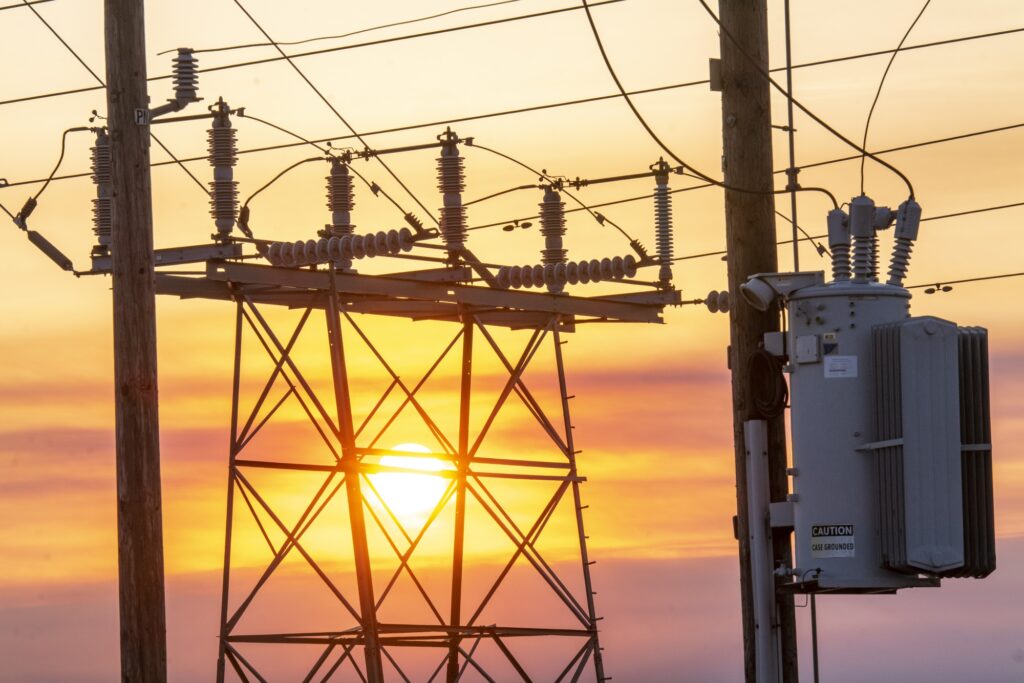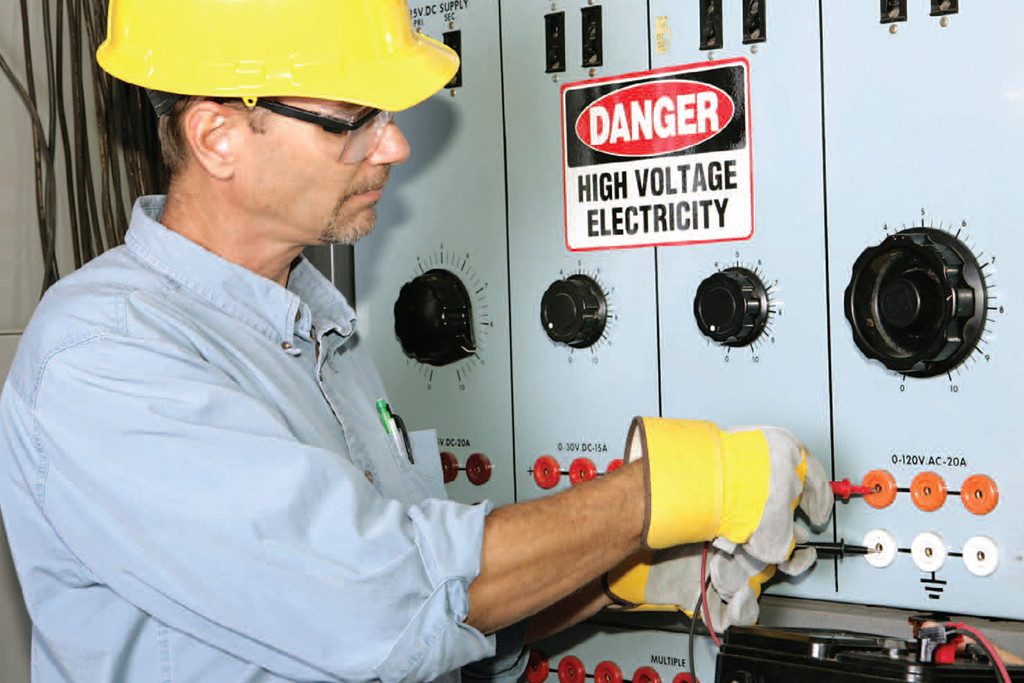Understanding low, medium, and high voltage is considered to be crucial knowledge in industrial automation. Not only does this knowledge facilitate a safer environment, but also promotes efficiency and functionality within the working systems. Here is a breakdown that covers the differences in voltages, the safety aspect, and how knowing about them proves important in the field of industrial automation.
Read more: High Medium Low Voltage
What is Voltage?
Voltage refers to the force that moves electric charges through a conductor. It’s a fundamental aspect of electrical systems, crucial for powering devices and transmitting electricity across various distances. Industries categorize voltage levels into high, medium, and low based on their magnitude and the applications they serve.
- Low Voltage (LV): Up to 1,000V
- Medium Voltage (MV): 1,000V to 35,000V
- High Voltage (HV): Above 35,000V
Low voltage is commonly used in residential and commercial settings, while medium voltage is used in power distribution systems, and high voltage is essential for transmitting electricity over long distances.
Low Voltage
Generally, low voltage refers to voltages below 1000 volts (V). Common examples include household outlets in many countries operating at 120V or 230V. Additionally, low-voltage systems might involve voltages as low as 12V or 24V used in electronics, small appliances, and LED lighting.
Low-voltage systems are prevalent in everyday devices and smaller-scale electrical applications. They power household electronics, chargers, small motors, and many portable devices. Low voltage remains relatively safe for direct human contact. Furthermore, it remains widely used in residential, commercial, and industrial settings due to its lower risk of electrical hazards.
While low voltage is generally safer to handle, improper handling or faulty wiring can still pose risks of electrical shock or fire hazards, necessitating proper installation and adherence to safety standards.
Medium Voltage
Medium voltage typically ranges from 1000 volts to 35,000 volts. This level of voltage is commonly used in industrial settings, power distribution systems, and larger facilities.
It plays a crucial role in power distribution. They transport electricity from power stations to transformers, which then step down the voltage for use in commercial and residential areas. Medium voltage powers heavy machinery, large motors, and equipment in industries, hospitals, data centers, and universities.
Medium-voltage systems require specialized equipment and trained personnel for installation, maintenance, and operation due to increased risks of electrical accidents. Safety protocols, protective gear, and comprehensive training are essential for handling and working with medium-voltage systems.
High Voltage
High voltage refers to voltages exceeding 35,000 volts and can extend to extremely high levels used in power transmission lines, reaching hundreds of kilovolts (kV) or even megavolts (MV) in some cases.
High-voltage systems primarily serve the transmission of electricity over long distances. Power generated at plants is stepped up to very high voltages for efficient transmission across power lines. High-voltage systems are crucial for delivering electricity from power plants to substations, where it is then stepped down to medium or low voltage for distribution to end-users.
Working with high-voltage systems requires rigorous safety measures, specialized equipment, and highly trained personnel. The risks associated with high-voltage systems are significantly higher, including severe electrical shock, arc flashes, and other potentially fatal accidents.
Reasons to Know the Difference
Workplace Safety
In industrial or commercial settings, where medium or high voltage systems are common, employees must be well-versed in safety protocols specific to each voltage level. Proper training, understanding of safety procedures, and equipment usage reduce the risk of accidents, ensuring a safer work environment
.

Efficiency and Integrity
Each voltage level serves specific purposes within an electrical system. Low voltage is suitable for smaller-scale applications, while medium voltage is crucial for efficient power distribution across larger areas. High voltage is indispensable for long-distance power transmission. Understanding these distinctions ensures that the right voltage is used for the intended application, optimizing efficiency.
Mismatching voltage levels or using incorrect equipment can compromise the integrity of electrical systems. Understanding the correct voltage requirements helps prevent equipment damage, system failures, and electrical fires, ensuring the longevity and reliability of the electrical infrastructure.
Compliance and Standards
Proficiency in handling different voltage levels is often a prerequisite for certifications and licensing in electrical work. Electricians, engineers, and technicians must demonstrate knowledge and competence in dealing with specific voltage levels to obtain the necessary credentials.
Emergencies
During emergencies such as electrical faults, fires, or accidents involving electrical systems, responders need to quickly identify and manage the voltage level involved. Knowledge about the voltage level enables them to take appropriate actions to mitigate risks and ensure a safe resolution of the situation.
Conclusion
In essence, knowledge of the differences between high, medium, and low voltage levels is foundational for maintaining safety, ensuring efficiency, complying with regulations, and responding to emergencies. It stands as the pinnacle standard for safe and efficient utilization of electrical power across various domains. This ranges from everyday household electronics to large-scale industrial infrastructure.
Updated on October 31, 2024 by Leanna Cota